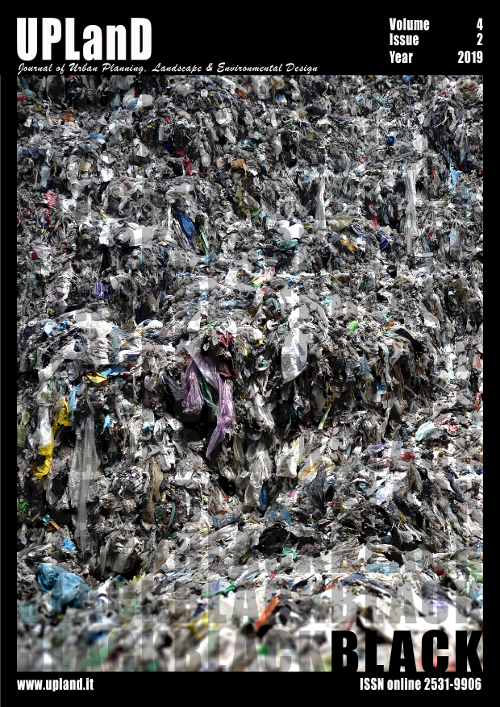Measuring the impact of a slow regeneration process: the HLH Pl@ce index
Main Article Content
Abstract
Slow regeneration is a kind of regeneration which take into account the need of people first and is aimed at changing the places slowly in order to co-create the both new identity of place and its healthy use with and for people according with the times of participation.
On the other hand, nowadays, new tools are used in order to support the knowledge of places. The emergence of internet as a medium of communication has opened up spaces and their users to new meanings and uses, including different approach to citizen participation such as community hubs, network thinking and social networks. The introduction of new technologies has had numerous hits on the deepening of the study of the territory. Indeed, the study on these topics is growing although not still framed in a systematic way in the urban planning and design disciplines. Starting from these premises, the adaptation of an original method of urban analysis and design to an emblematic case study will be illustrated. The case study of slow regeneration concerns the city of Pompeii – South of Italy – in the framework of both Smart@Pompei project and Civitates Pompeii asset with the itinerant event Jazz.it Festival Pompeii. Furthermore, a new index - the HLH Pl@ce index - to specifically measure the impact of Jazz.it event will be proposed.
Downloads
Article Details

This work is licensed under a Creative Commons Attribution-NonCommercial-NoDerivatives 4.0 International License.
Authors who publish with this journal agree to the following terms:- Authors retain copyright and grant the journal right of first publication with the work simultaneously licensed under a Creative Commons Attribution License that allows others to share the work with an acknowledgement of the work's authorship and initial publication in this journal.
- Authors are able to enter into separate, additional contractual arrangements for the non-exclusive distribution of the journal's published version of the work (e.g., post it to an institutional repository or publish it in a book), with an acknowledgement of its initial publication in this journal.
- Authors are permitted and encouraged to post their work online (e.g., in institutional repositories or on their website) prior to and during the submission process, as it can lead to productive exchanges, as well as earlier and greater citation of published work (See The Effect of Open Access).

